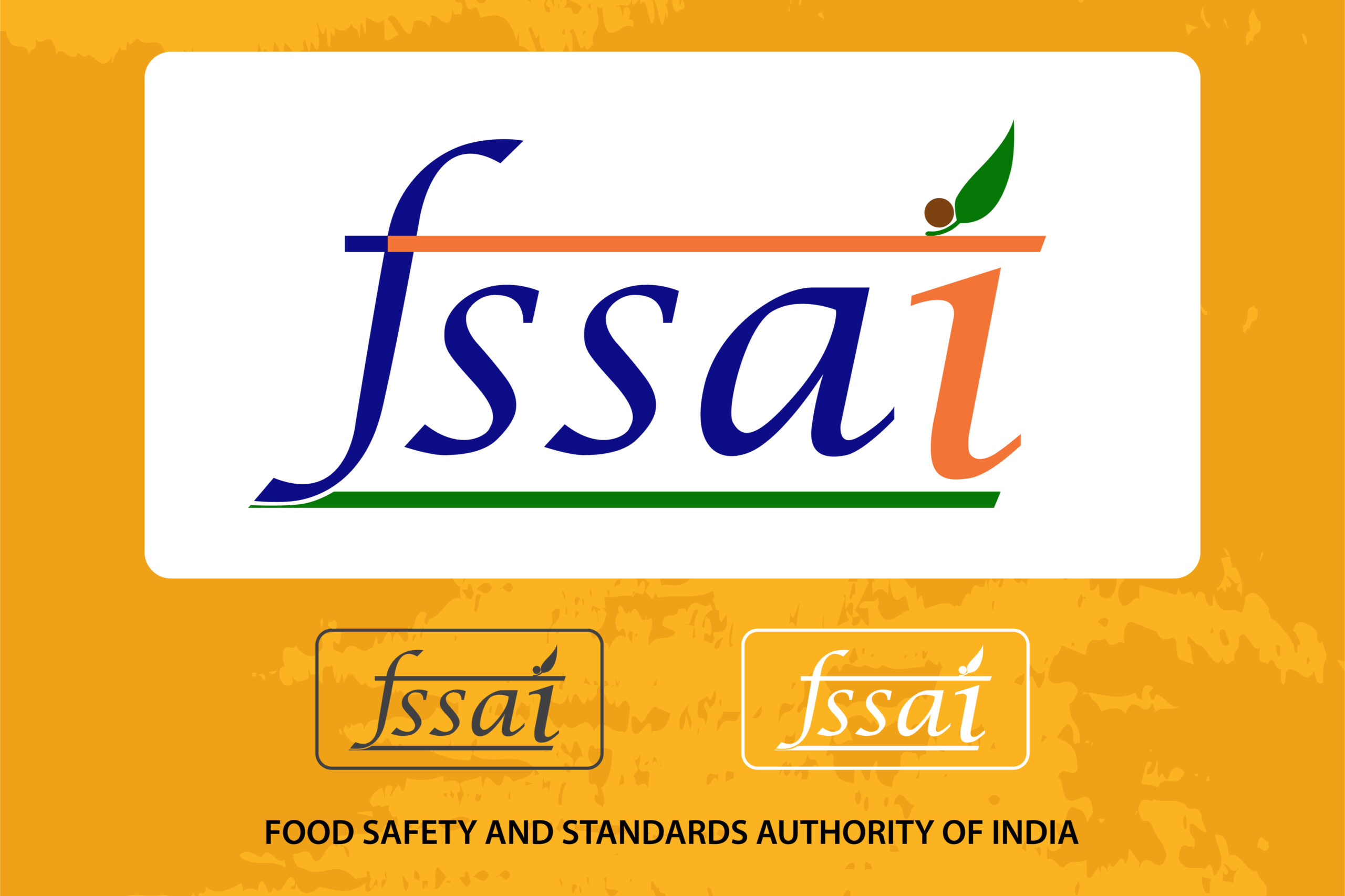In this article we shall understand the concept of food irradiation and the regulation that has been put in place to monitor this emerging sector.
Food irradiation is a preservation technique that employs ionizing radiation to extend the shelf life and enhance the safety of various food products. It involves exposing foods to carefully controlled levels of radiation, a process that can eliminate harmful pathogens, insects, and parasites. While the concept might sound daunting, the reality is that food irradiation is a well-regulated and safe practice, playing a crucial role in global food safety efforts.
How Does Food Irradiation Work?
Food irradiation operates on the principle of using ionizing radiation, such as gamma rays, X-rays, or electron beams, to disrupt the DNA and cellular structures of microorganisms and pests present in food. This process prevents the growth and reproduction of these harmful entities, thereby extending the shelf life of the food. The ionizing radiation is delivered at specified doses, carefully calculated to balance safety and effectiveness.
Benefits of Food Irradiation:
The advantages of food irradiation are manifold. First and foremost, it helps eliminate pathogens like E. coli, Salmonella, and other harmful bacteria, thereby reducing the risk of foodborne illnesses. Additionally, it can control spoilage and slow down the ripening of fruits, preserving their quality. Food irradiation also curbs the infestation of insects and pests, which is particularly crucial for grains and dried fruits during storage and transportation.
Detecting Irradiated Foods:
Concerns might arise about identifying irradiated foods in the market. Fortunately, regulatory bodies require labeling for irradiated foods. Look for phrases like “Treated with radiation,” “Processed by irradiation,” or the international symbol for irradiation (a green plant inside a circle) on the packaging. These labels assure consumers that the food has undergone controlled irradiation and is safe for consumption.
FSSAI’s Role in Proposing Standards:
Recognizing the potential of food irradiation in enhancing food safety, the Food Safety and Standards Authority of India (FSSAI) has taken proactive steps in establishing standards for the irradiation of foods. These standards encompass permissible radiation sources, maximum allowable doses, packaging requirements, and labeling guidelines. The FSSAI Registration ensures that the irradiation process is strictly monitored and executed in compliance with international standards.
Requirement for Radiation Processing:
The requirement for radiation processing arises from the need to mitigate foodborne illnesses and losses due to spoilage during storage and transportation. Radiation processing serves as an additional layer of protection, bolstering the existing measures in place to ensure food safety. By eradicating or minimizing the presence of harmful microorganisms, food irradiation contributes to a safer food supply chain.
Safety and Wholesomeness of Irradiated Foods:
Extensive research and studies have confirmed the safety of irradiated foods. The doses of ionizing radiation used in food irradiation are carefully calculated to ensure that the food remains safe for consumption while effectively reducing pathogens. The World Health Organization (WHO), the Food and Agriculture Organization (FAO), and various national health agencies have endorsed the safety of irradiated foods when processed within established guidelines.
FAQs:
What is the Radiation Processing of Food?
Radiation processing of food involves subjecting food items to controlled doses of ionizing radiation, such as gamma rays or X-rays. This radiation disrupts the DNA and cellular structure of microorganisms and pests present in the food. As a result, harmful pathogens are neutralized, contributing to enhanced food safety and preservation.
How is the Dose Given to Food Determined?
The determination of the radiation dose for food irradiation is a meticulous process. It takes into account factors like the type of food, its moisture content, density, and the specific pathogens targeted. Scientists conduct extensive research to find the optimal dose that effectively eliminates harmful microorganisms while ensuring the nutritional quality and safety of the food remain intact.
What Are the Advantages of Radiation Processing of Food?
Radiation processing offers a range of benefits. Firstly, it significantly reduces the risk of foodborne illnesses by eliminating pathogens. Secondly, it extends the shelf life of various food products, reducing food waste. Additionally, the process can control insect infestations and slow down the ripening of certain fruits, helping to maintain their freshness during storage and transportation.
Conclusion:
Food irradiation, supported by the FSSAI’s rigorous standards, stands as a remarkable advancement in food safety and preservation. With its ability to eliminate harmful pathogens and pests while preserving food quality, it contributes significantly to a safer and more sustainable food supply. As consumers become more informed about the benefits and safety of irradiated foods, this technology is poised to play a pivotal role in shaping the future of food preservation and security.
Other Important topics:









